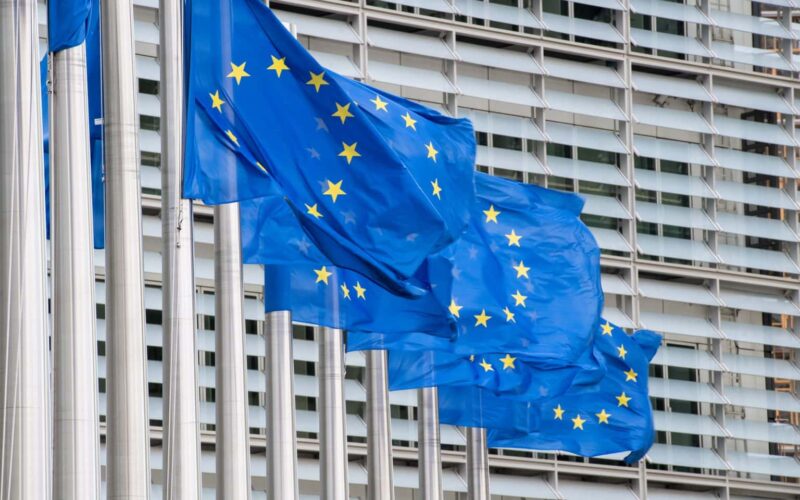The European Union’s Emissions Trading System (EU ETS) has been crucial in reducing carbon dioxide (CO2) emissions across the bloc, a recent study finds. Established in 2005, the EU ETS is the world’s largest carbon market and has achieved a 47% reduction in emissions over its first 15 years.
According to a study published in the journal ‘Nature’, CO2 emissions in key sectors like power production, cement, and steel would have been 15.4% higher between 2005 and 2020 without the EU ETS. The research, conducted by Italian economists using rigorous statistical methods, highlights the significant impact of the EU ETS.
Covering over 10,000 installations and airlines, the EU ETS accounts for about 38% of the EU’s total greenhouse gas emissions, equivalent to 1.4 billion tonnes. The study’s authors, including Professor Massimo Riccaboni from IMT School for Advanced Studies Lucca, credit the EU ETS as a major factor in these reductions, alongside other policies like renewable energy incentives and energy efficiency subsidies.
Since its inception, the EU ETS has driven a 47% reduction in CO2 emissions, with a 15.5% decrease in 2023 compared to 2022. The success of the EU ETS has influenced 35 other carbon trading systems worldwide, covering 18% of global emissions. Despite ongoing challenges, the EU ETS serves as a model for other nations pursuing similar climate goals.





















